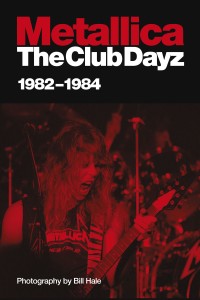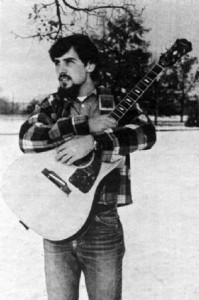Sunday Service: The Cowsills – “Where Is Love” and “II x II” (1970)
Sunday, January 31st, 2010The opening number of this clip features Cowsills mom Barbara, who passed away 24 years ago today, along with daughter Susan and son Bob. (PS: The blonde woman is Nanci Roberts, Bob’s wife at the time.) The Cowsills, in case you don’t know, were a family group with a handful of big late sixties hits and even more handfuls of Tiger Beat features. They were actually supposed to be the TV family we now know as the Partridges, but when they objected to the intended replacement of real mom Barbara with fake mom Shirley Jones, the whole thing fell through.
This entire clip comes from a Cowsills appearance on the CBS Playboy After Dark TV variety show, which ran from 1969 to 1970, and it really sticks in my mind for a few other reasons:
– This family group with considerable preteen market appeal – labelmates with the Osmonds during “wholesome entertainment” advocate Mike Curb’s tenure at MGM – happen to be performing on Playboy After Dark. (Then again, they’d already sung the opening theme for the first season of Love, American Style, the kind of saucy prime time show parents didn’t let their kids watch.)
– Little Susan is uber adorable, and brother Barry (RIP), taking lead vocals on “II x II,” is uber cool and has rock star written all over him.
– “II x II” is the gospel-tinged title track of their gospel-tinged 1970 album (which is also their best). So not only is the family band playing the Playboy Mansion, but they’re also gracing it with gospel music. When the Playboy Mansion crowd is shown clapping along and occasionally holding up two fingers, then, they’re flashing the familiar hippie peace sign that, in this case, also doubles up as a token of gospel solidarity. Take us up Lord, two by two, to Thy Playboy Mansion in the sky, sayeth they. Must be the early 1970s, sayeth we.



